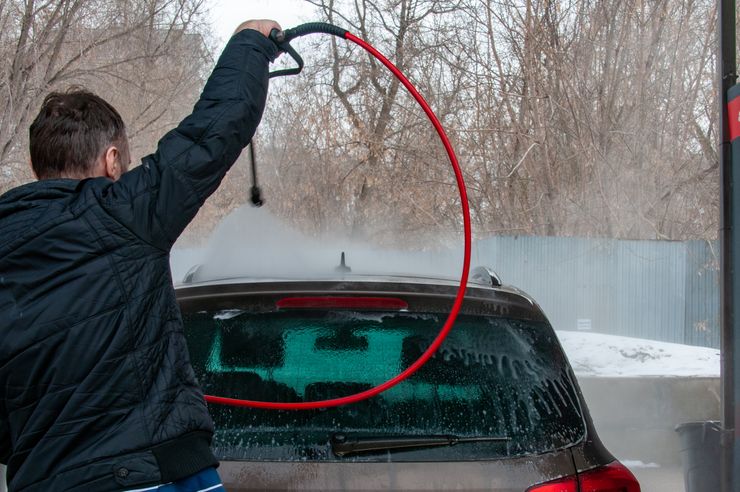When it comes to steam washing the engine compartment, supporters point out that unlike the Karcher’s water jet, the jet cannot damage anything under the hood. Let’s start with the fact that a normal engine does not need a sink in principle. It works great both in dusty form and shiny with perfect cleanliness.
Steam is the same water, just in a different state of matter. It condenses on the surfaces of the engine compartment and, as with washing with the usual water jet, can penetrate insufficiently sealed electrical connections. Which, for example, leads to problems starting and running the engine, electrical “malfunctions” and similar possible consequences of washing the engine in any way.
Superheated steam, unlike water, with its high temperature also attacks all types of plastic and rubber under the hood. This, for example, can break the plastic insulation of the elements of the same electrics. And then the condensate will complete the dirty work begun by overheating. In rubber products, elevated temperatures can cause accelerated “aging”. Do you need all this? If not, it is better not to steam wash the engine.
But if you really feel like cleaning, do it using good old chemistry and a gentle spray of water – preheat the engine, then give the engine bay at least an hour to dry completely.














